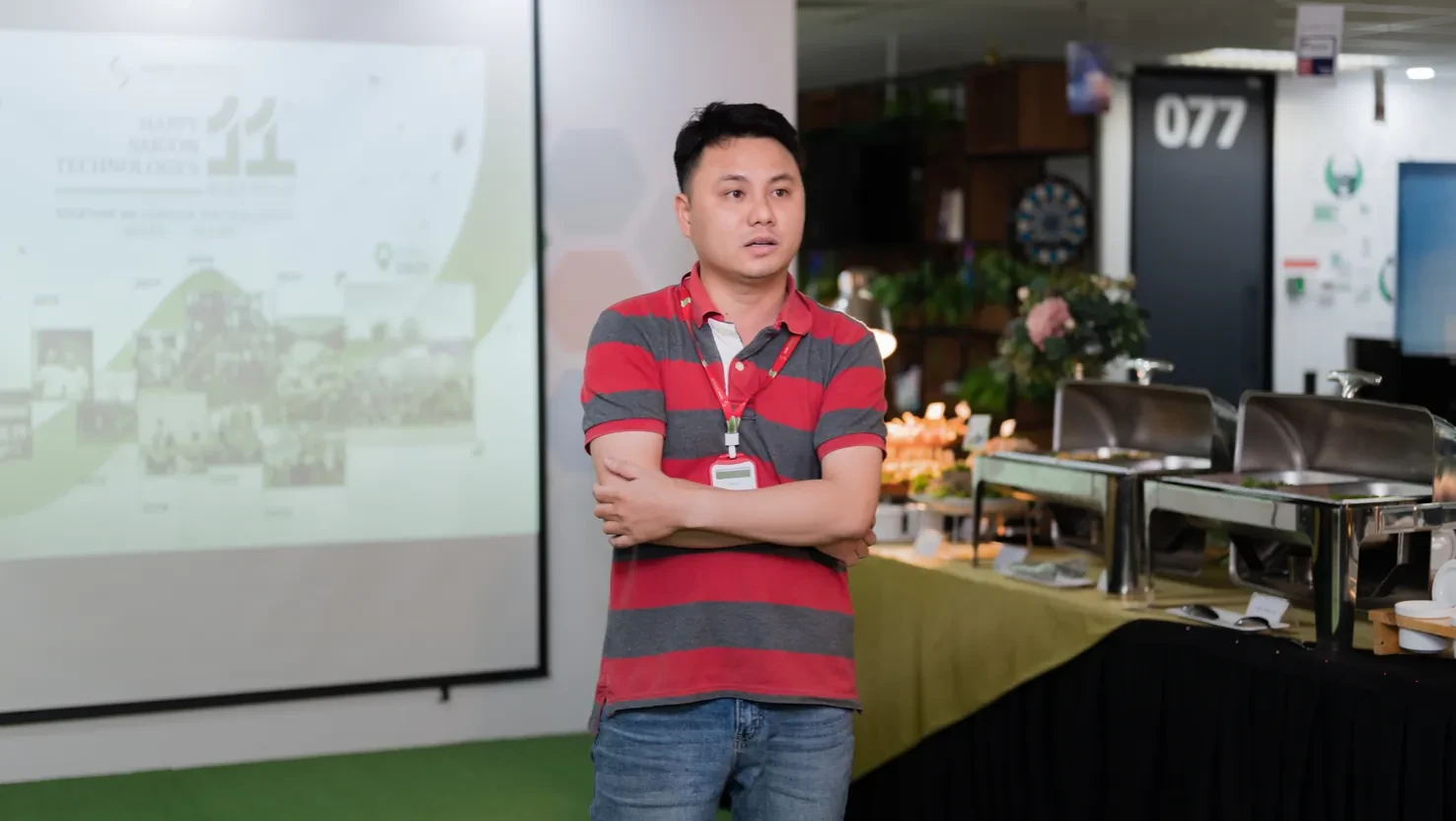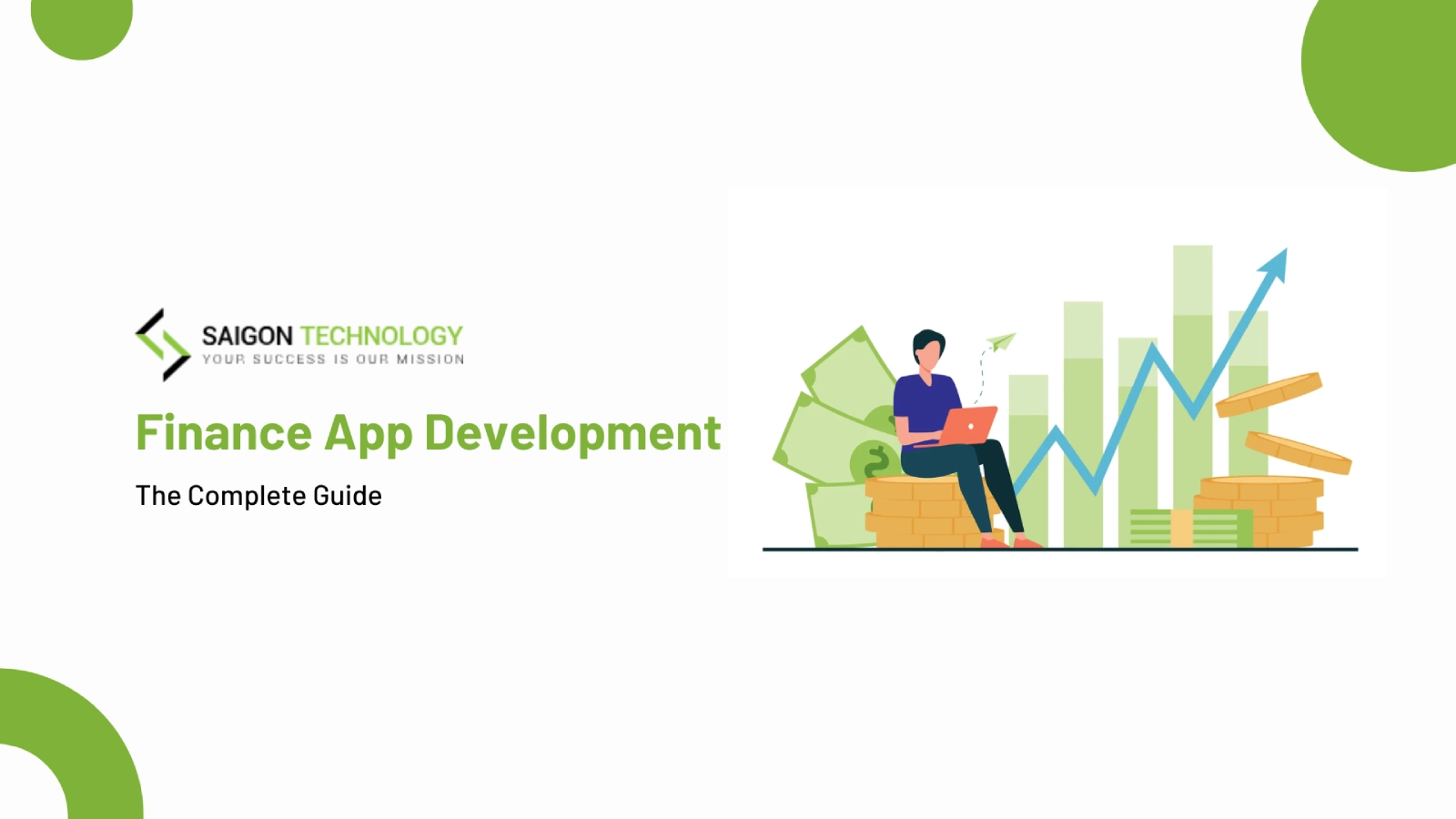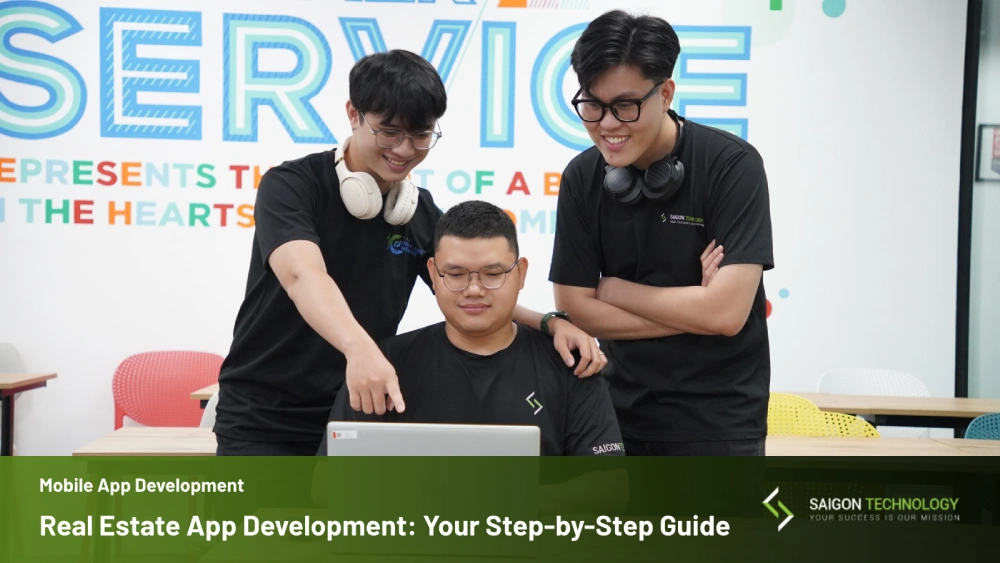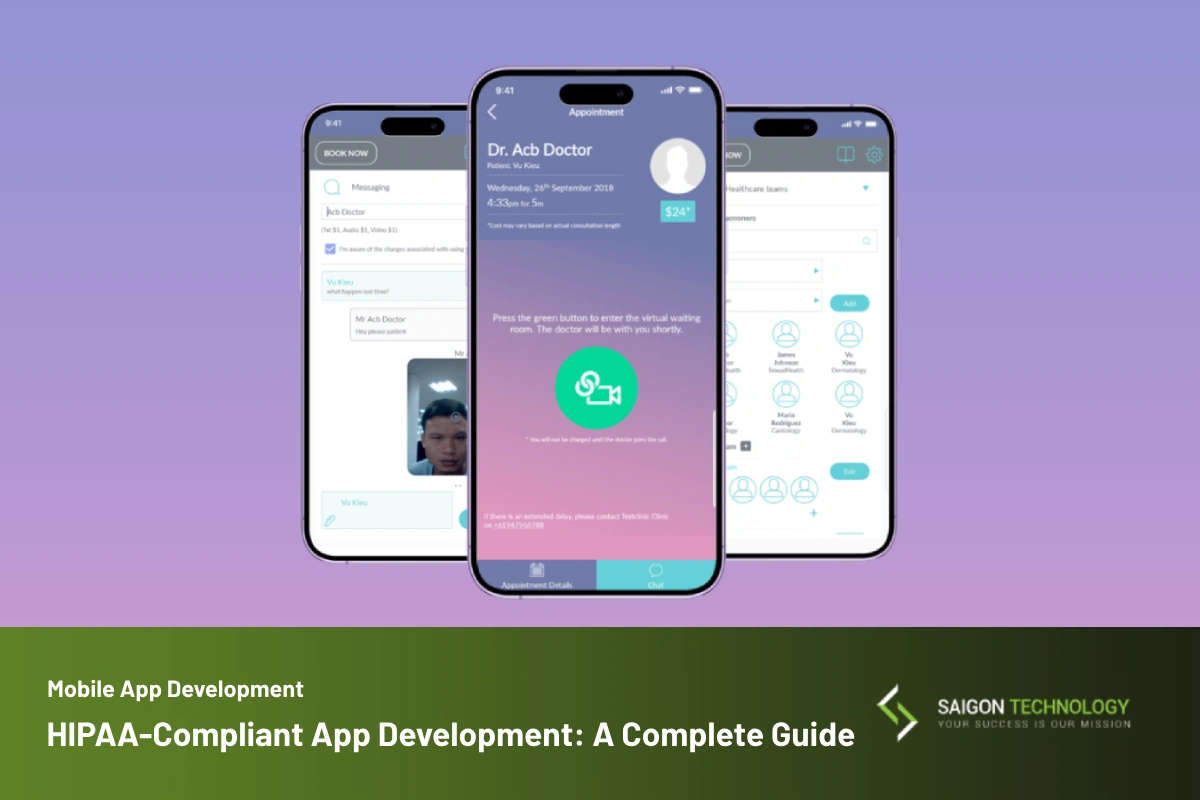Choosing a career path is as important as the educational path that surely all of us have to choose. For those who have chosen the career path of becoming Software Engineers, have you ever wondered if this choice is right or wrong for you? This question will be easy to answer or choose again when you just put a pen to fill out the college/university exam paper. But if you’re already in the industry, it’s also a good idea to stop after a period of dedication to shake things up and compile a clear path, with action plans and milestones for your own career.
Not academic advice, the following article will give you an overview of the typical career path of Software Engineers after entering the profession.
Software Engineers from The Very Beginning of Their Careers
Stepping out from the day of learning about software development, engineers will orient themselves to many different career paths, some people love web programming, others choose to build applications on mobile devices, there are also game enthusiasts who choose in the direction of designing epic game titles… Here are some outstanding job titles of programmers:
Front-End
Primarily focused on building user interfaces – for a website or a web application, a front-end engineer will be responsible for handling user actions and building the look and feel of a website.
Back – End
The main task focuses on the work on the server-side of web applications. These jobs include web services, building databases, and data feeds. including web services, database design, and feed integration. Shopping cart functionality or secure checkout systems are examples of back-end development.
Full-Stack
Since front-end and back-end support each other, to become a full-stack engineer, you need to master skills in both user interface design and database configuration.
Mobile Application
Main focus on building software for smartphones, tablets, and other mobile devices. Mobile application engineers may choose to specialize in iOS or Android (the two main operating systems today) and deepen their knowledge of developing mobile apps that work well. on a wide variety of mobile devices – regardless of model or generation.
Game
Take on the task of modeling 2D graphics, 3D, physics, writing game mechanics for a wide variety of players, of different ages.
Graphics
Mainly applying knowledge from 2D and 3D digital platforms to produce videos. Graphics engineers can take advantage of Unity and OpenGL – open-source frameworks, to work faster and more conveniently.
DevOps
Comes from ‘Development’ & ‘Operations’, DevOps engineers take care of observing, supporting, and implementing the code generation process, so that the application can be deployed more smoothly.
Security
Cyber ââthreats may sound ‘unreal’ at first, but in today’s modern Digital Transformation, cybersecurity is revered. Security engineers will be responsible for designing solutions to protect the network, the system is safe from hackers and other potential threats and risks.
Data
Today, big data also plays a pivotal role in the business process of most industries. Data engineers will take on the task of handling big data systems; namely, storing, organizing, exploiting, and protecting data, and proposing business-intensive development options based on the analyzed data.
SDET (Software Development Engineer in Testing)
Making sure that software is error-free and efficient are the two main tasks of an engineer who plays both software development and testing roles.
Embedded Systems
If software applications are written to run on computers or mobile devices, embedded software is used to control machines. Therefore, engineers specializing in embedded systems have the task to ensure that the ranges are required to control the machine such as hard memory, time, accuracy…
Typical Software Engineers’ Career Path
Regardless of which job title the engineers choose, each person will have their own career advancement path. Here are the typical ranks that every engineer – perhaps, will go through in life:
Junior Software Engineers
With their limited knowledge, skills, and experience, engineers will start with this milestone. The recipient of your reports & instructions is now the technical team leader. Depending on the company, each junior software engineer will have one or more technical team leaders based on the number of projects he or she is involved in.
Senior Software Engineer (3-6 years)
To get to the level of Senior Software Engineer, you need 3-4 years in the profession to have some hands-on experience with handling development stages software. At this level, you will have to master the life cycle of software development and deepen your knowledge of new programming languages. At this time, you have been guided and hone your management, coaching, and training skills to be able to manage your own team.
Technical Lead (6-9 years)
Slightly more advanced, the technical lead will play the role of ensuring that the entire software development process runs smoothly and completely. At this point, you are not only managing a group of software engineers but also involving designers. Technical team leaders will be the ones to talk to clients and stakeholders to provide input, from which the company can make accurate decisions.
Team Manager
Not only overseeing the development of a product or a project, but you will also now carry the additional responsibility of orienting and supervising the career development of junior employees – all thanks to strong leadership skills. At the same time, you also need to have additional requirements such as advanced knowledge of architecture and system design.
Engineering Manager (9 -13 years)
From the skills and knowledge of architecture & system design in the Team Manager position, you can now consider the entire architecture and engineering design as two roles: Principal of a Technical Architect. Considered as the ‘backbone’ of the team, you will have to develop the process for the team, and guide and instruct them on the technical aspects of implementation.
Principal Engineer (13 years+)
Highly related to systems and services, this position requires Principal Engineers to be able to lead junior staff, provide comprehensive technical direction and not show awkwardness. stuck in technically difficult situations.
Chief Technology Officer (16+ years)
As an organization’s head of technology, CTOs will oversee R&D, research, and apply technology to improve products and services to fully serve end-users.
Conclusion
The Software Engineers joining Saigon Technology all share one prerequisite: honesty. The management of Saigon Technology believes that ‘high skill’ is a kind of talent cultivated over the years, but ‘honesty’ is a choice. Even if you have all the elements of knowledge, expertise, and illustrious experience… but are less honest and sincere, you are still not qualified for the position!
As the ‘young face’ representing the software export industry abroad, Saigon Technology is proud to become a leading software outsourcing company in Vietnam, awarded by VINASA, the Vietnam Software Association. During nearly 10 years of experience in the offshore industry, Saigon Technology is constantly searching and recruiting talents from all over Vietnam. Therefore, in addition to the hard skills directly related to product quality, employees in the promotion process at the company will also be sent to train in courses, with additional soft skills such as observing, communicating with clients, guiding & supervising subordinates, business thinking, and taking action when there is a crisis or problem…
Do you have a project, a software product that needs to be worked on or simply ask any questions related to software engineering? Please simply leave your information here. Complimentary quotations and consultants are awaiting!











